-
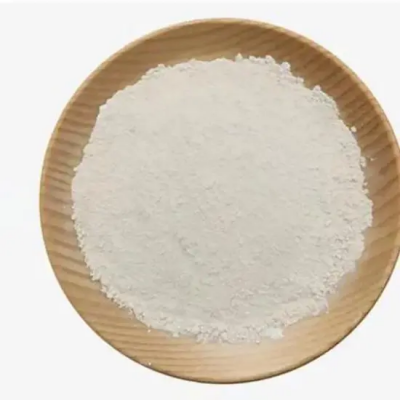
1-BROMO-2-BUTYNE CAS:3355-28-0
1-Bromo-2-butyne, a chemical compound classified under the alkyne group, features a bromine atom attached to the second carbon of a butyne chain. This structure imparts unique chemical reactivity and physical properties, making it valuable in various industrial and synthetic applications. Alkynes like 1-bromo-2-butyne are crucial intermediates in organic synthesis, offering pathways to diverse molecular structures through selective reactions.
-
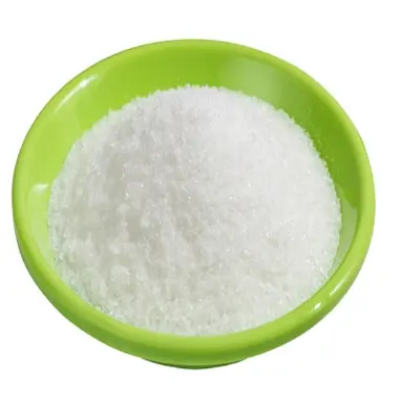
(R)-3-Piperidinamine dihydrochloride CAS:334618-23-4
(R)-3-Piperidinamine dihydrochloride is a chemical compound recognized for its pivotal role as an intermediate in organic synthesis, particularly in pharmaceutical chemistry. This compound features a piperidine ring with an amino group at the 3rd position, stabilized by two chloride ions. Such structural attributes confer unique chemical properties that are instrumental in the development of various therapeutic agents and organic molecules.
-
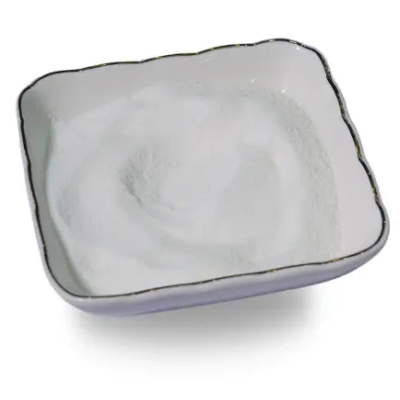
HEXYL CHLOROFORMATE CAS:6092-54-2
Hexyl chloroformate is a chemical compound known for its versatile applications in organic synthesis and industrial processes. It belongs to the class of chloroformates, characterized by the presence of a chloroformate group (-OCOCl) attached to a hexyl chain. This compound plays a crucial role as a reagent in the modification of organic molecules and in the production of specialty chemicals.
-

5-(2-fluorophenyl)-1-(pyridin-3-ylsulfonyl)-1H-pyrrole-3-carbaldehyde CAS:881677-11-8
5-(2-fluorophenyl)-1-(pyridin-3-ylsulfonyl)-1H-pyrrole-3-carbaldehyde is a chemical compound recognized for its intricate molecular structure and potential applications in medicinal chemistry and organic synthesis. This compound combines a pyrrole core with a 2-fluorophenyl group and a pyridin-3-ylsulfonyl moiety, presenting unique opportunities for structural diversification and biological investigations.
-
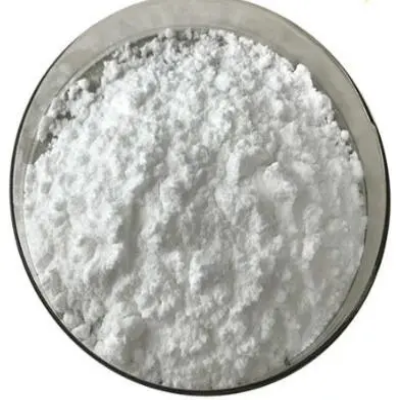
Tetrahydropapaverine hydrochloride CAS:6429-4-5
Tetrahydropapaverine hydrochloride is a chemical compound studied in pharmaceutical research for its potential therapeutic applications. It is known for its pharmacological properties, particularly its impact on vascular smooth muscle and neurotransmitter systems. Researchers investigate its potential use in treating conditions such as hypertension and certain neurological disorders, aiming to harness its pharmacological profile for future clinical applications.
-
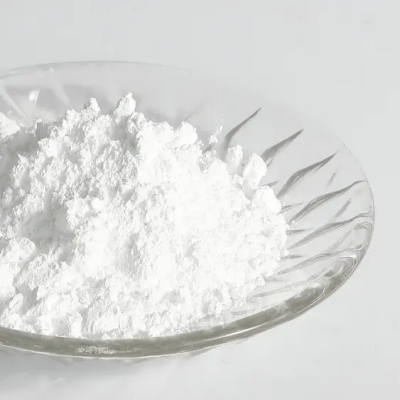
Ezetimibe INT A CAS:189028-95-3
Ezetimibe INT A is a pharmaceutical compound aimed at treating hyperlipidemia, characterized by elevated cholesterol levels. It inhibits intestinal absorption of cholesterol and related sterols by targeting the Niemann-Pick C1-like 1 (NPC1L1) protein, thereby reducing overall cholesterol levels in the bloodstream.
-
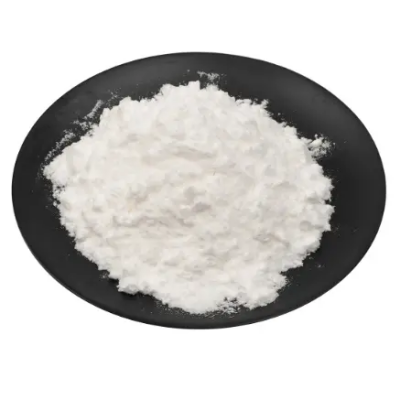
Pramipexole CAS:104632-26-0
Pramipexole is a dopamine agonist used in the treatment of Parkinson’s disease and restless legs syndrome (RLS). It works by stimulating dopamine receptors in the brain, thereby improving motor symptoms in Parkinson’s disease and reducing the uncomfortable sensations in RLS. Pramipexole is available in both immediate-release and extended-release formulations, offering flexibility in treatment options for patients.’
-
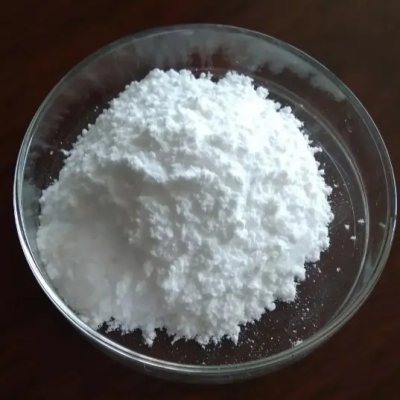
R-Tetrahydropapaverinehydrochloride CAS:54417-53-7
R-Tetrahydropapaverinehydrochloride is a chemical compound primarily used in pharmaceutical research. It is known for its potential applications in the development of medications targeting neurological and cardiovascular disorders. This compound is synthesized and studied for its pharmacological properties, particularly its impact on vascular smooth muscle and neurotransmitter systems. Researchers investigate its potential therapeutic effects in conditions such as hypertension and certain neurological conditions, aiming to harness its pharmacological profile for future clinical applications.
-

4-(4-Aminophenyl)morpholin-3-one CAS:438056-69-0
4-(4-Aminophenyl)morpholin-3-one is a chemical compound with the molecular formula C11H14N2O2. It is also known by its IUPAC name, 4-(4-Aminophenyl)morpholin-3-one. This compound features a morpholine ring substituted with an aminophenyl group at the 4-position.
-
![3-[(2R,5S)-5-(4-Fluorophenyl)-2-[(S)-[(4-fluorophenyl(amino)]][4-[trimethylsilyl]-oxy]phenyl]methyl]-1-oxo-5-[(trimethylsily)-oxy]pentyl]-4-phenyl-(4S)-2-oxazolidinone CAS:272778-12-8](https://cdn.globalso.com/xindaobiotech/3XBLOU_U4EX8J_HKYK9VL827.png)
3-[(2R,5S)-5-(4-Fluorophenyl)-2-[(S)-[(4-fluorophenyl(amino)]][4-[trimethylsilyl]-oxy]phenyl]methyl]-1-oxo-5-[(trimethylsily)-oxy]pentyl]-4-phenyl-(4S)-2-oxazolidinone CAS:272778-12-8
3-[(2R,5S)-5-(4-Fluorophenyl)-2-[(S)-[(4-fluorophenyl(amino)]][4-[trimethylsilyl]-oxy]phenyl]methyl]-1-oxo-5-[(trimethylsily)-oxy]pentyl]-4-phenyl-(4S)-2-oxazolidinone is a complex chemical compound with the molecular formula C34H41F2N3O6Si2. It is a derivative of oxazolidinone known for its structural complexity and potential pharmaceutical applications.
-
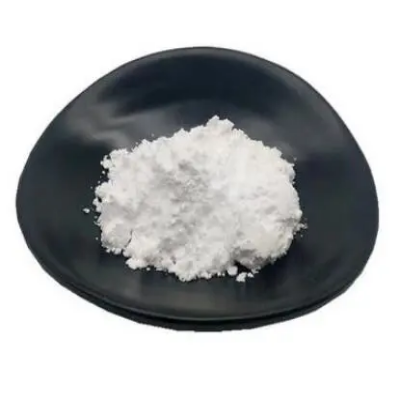
4-hydroxythiobenzamide CAS:25984-63-8
4-Hydroxythiobenzamide is a chemical compound known for its structural arrangement featuring a hydroxy group attached to a thiobenzamide core. It is utilized in organic synthesis and chemical research due to its distinctive functional properties and potential applications in various scientific disciplines.
-
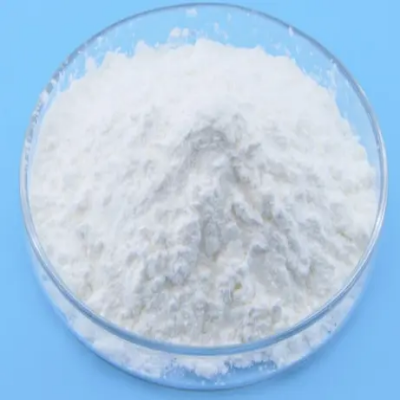
(S)-4,5,6,7-Tetrahydro-2,6-benzothiazolediamine CAS:106092-09-5
(S)-4,5,6,7-Tetrahydro-2,6-benzothiazolediamine is a chemical compound recognized for its structure featuring a benzothiazole core and an amine functional group. It is studied for its potential applications in pharmaceutical research and organic synthesis, owing to its unique molecular arrangement.

